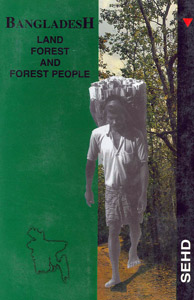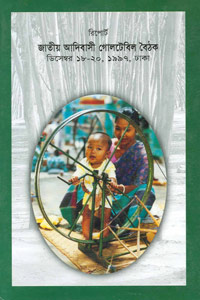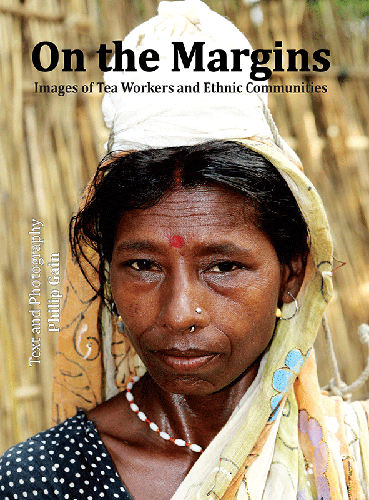
On the Margins: Images of Tea Workers and Ethnic Communities
“On the Margins: Images of Tea Workers and Ethnic Communities” documents life, culture and diversity in Bangladesh’s tea workers and little-known ethnic communities. It gives readers a rare glimpse into the fascinating lives of Bangladesh’s invisible and often forgotten ethnic communities. The book transports us through the tea gardens of Sylhet to the plains of the Northwest and North-centre to the lush forests of the Chittagong hill tracts. It is, at its core, a vibrant andcolourful celebration of Bangladesh’s geography and unacknowledged cultural diversity.
Edited by Philip Gain | English, PBK 232 Pages, 2016 | Price: Taka 1000, US$20
The book reveals the faces of Bangladesh’s hidden and unrecognized ethnic communities and allows us a peak into their daily lives and different aspects of their existence and culture. The album features portraits of individuals from various ethnic communities and depicts key aspects of their lives including their often gruelling working conditions, their colourful and eclectic cultural rituals and traditions as well as their continuing struggle for recognition of their basic rights.
This book is a perfect guide for those seeking a visually appealing and approachable introduction to Bangladesh’s ethnic communities. It presents one of the most comprehensive listings of and introduction to ethnic communities in Bangladesh—80 communities in the tea gardens and 43 in the plains outside the tea gardens and those in the Chittagong Hill Tracts (CHT). The album is clearly a labour of love and the product of a long and exhaustive research process.
One community that is particularly highlighted are the tea communities of Sylhet, Maulvibazar, Hobiganj and Chittagong, where inhabitants represent ethnic communities from throughout the subcontinent, the descendants of indentured labourers who were brought to Bangladesh by the British tea garden owners to work the land. This book transcends the superficial scenic beauty of these locations and delves deeper into the realities of their lives and their continued exploitation and marginalization.
The key message of this book is clear: Bangladesh’s small and little-known ethnic communities contribute to Bangladesh’s cultural diversity and richness and should be recognized, celebrated and protected. Their vulnerability and oppression must be acknowledged and alleviated so that Bangladesh can move towards a path of just and inclusive development.

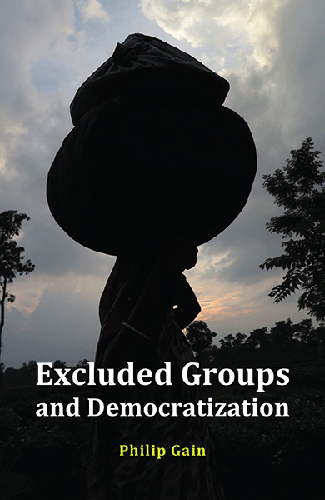
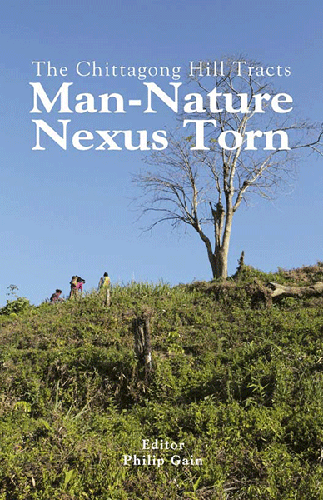
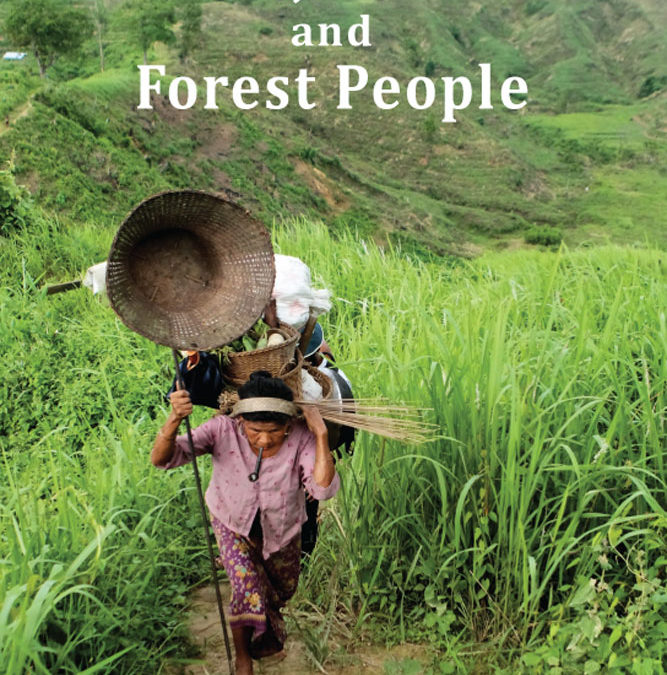
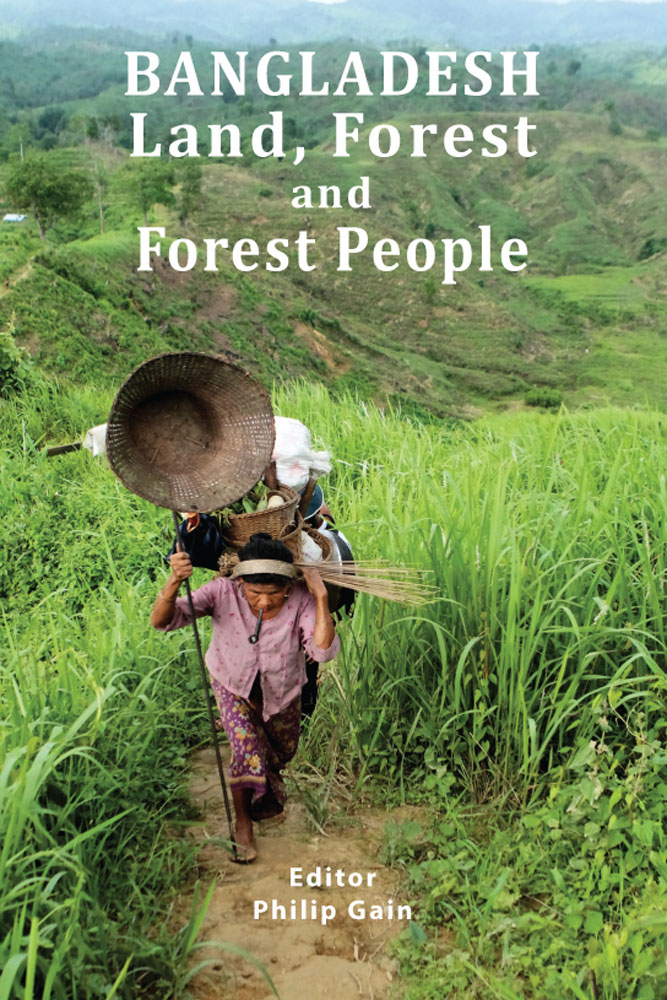 Bangladesh is amazingly green. However, at the same time, it is a forest-poor country. Officially, 18% of the country (2.6 million hectares) is public forestland. This is the same area of land mass recorded as forestland when the Forest Act of 1927 was framed. However, in reality, approximately only 6% is said to be covered by forests. This includes plantations of 403,458 ha since 1873. According to the Forest Department estimate of 2001, it controls 10.3 per cent of the land surface.
Bangladesh is amazingly green. However, at the same time, it is a forest-poor country. Officially, 18% of the country (2.6 million hectares) is public forestland. This is the same area of land mass recorded as forestland when the Forest Act of 1927 was framed. However, in reality, approximately only 6% is said to be covered by forests. This includes plantations of 403,458 ha since 1873. According to the Forest Department estimate of 2001, it controls 10.3 per cent of the land surface.